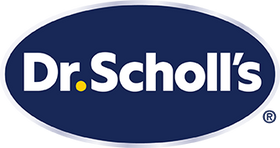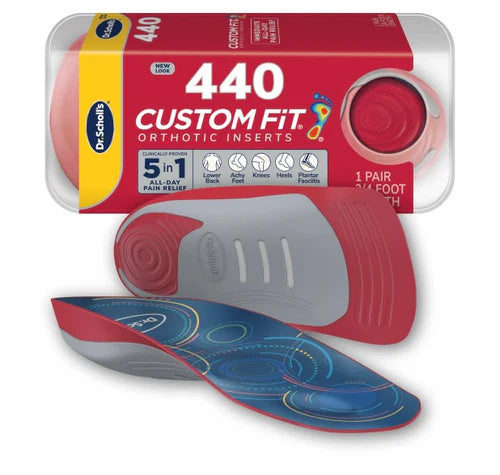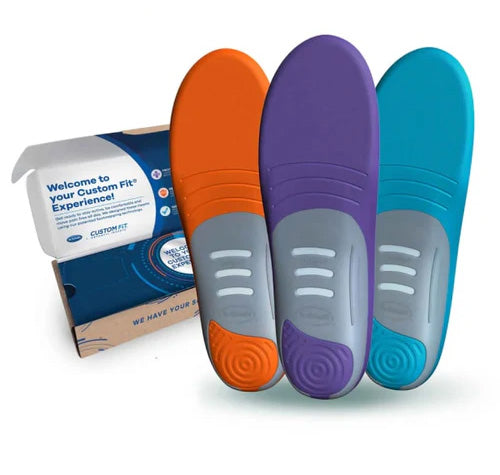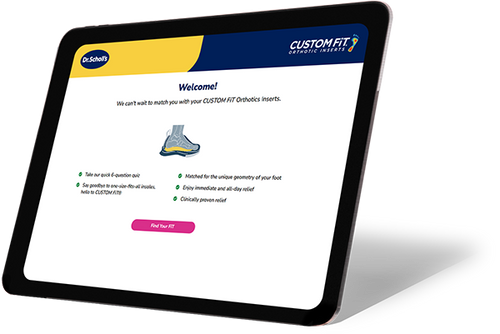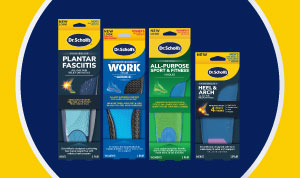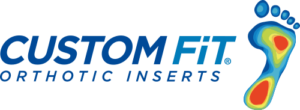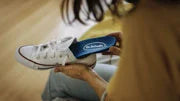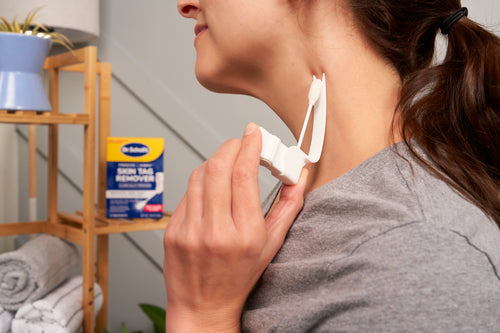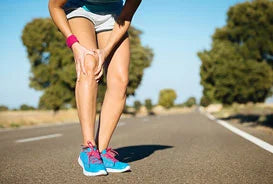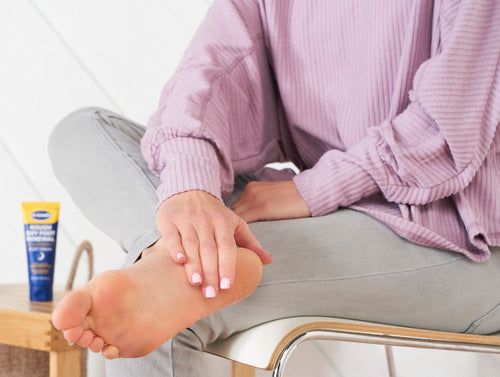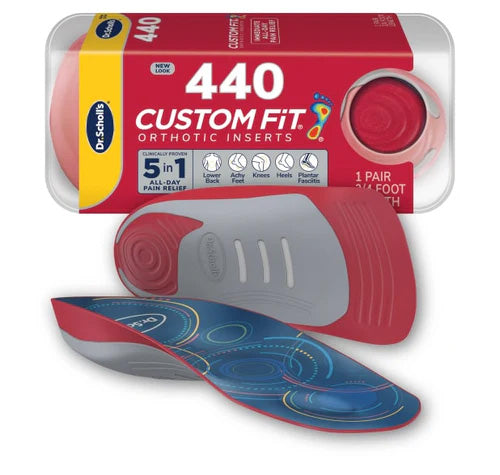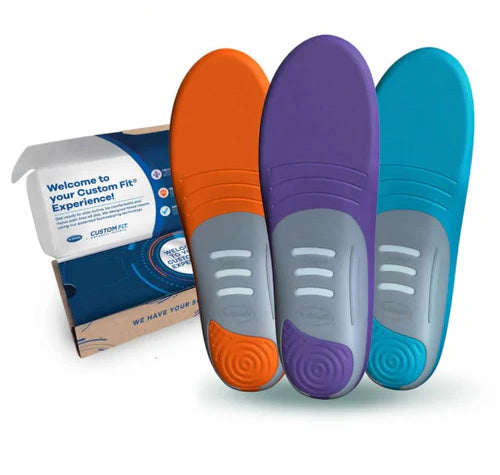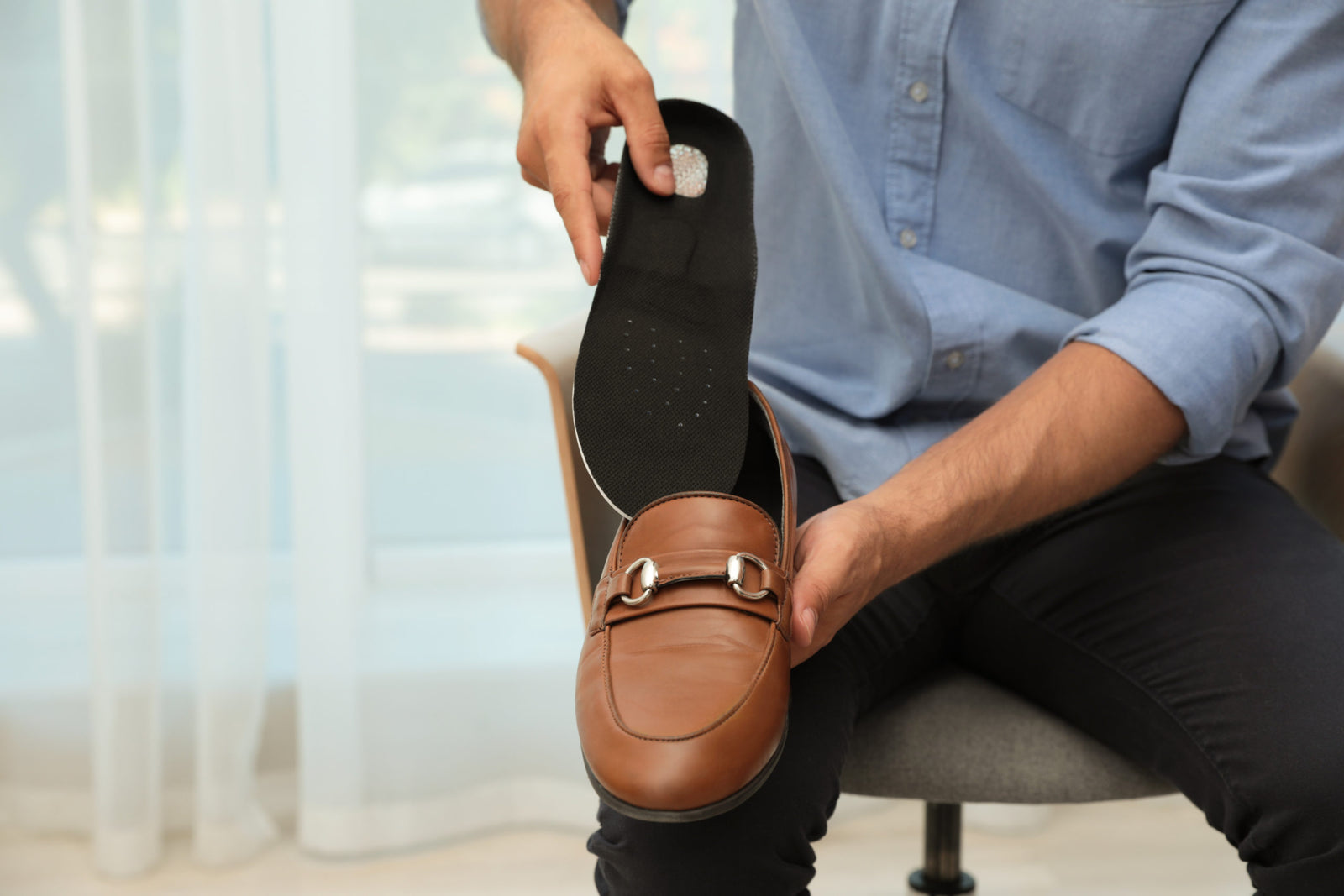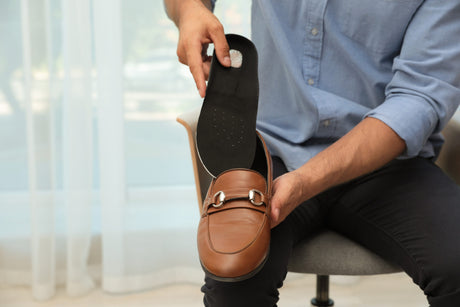You’ve no doubt heard the buzz about how miraculous orthotics, insoles and shoe inserts can be. Maybe you even have friends who have urged you to give them a try. Many of us who have discovered these gems wonder how we ever got along without them. In addition to helping with foot problems, they can also help with knee, back and hip issues. But what exactly is the difference between orthotics, insoles and inserts? The answer is far from obvious and the lines between the three are definitely blurred.
What are insoles?
Insole is a generic term for the part of the shoe that’s located at the bottom of the inside of the shoe. In other words, it’s the part of the shoe that lies under the sole of the foot. Insoles are also often called foot beds. In some cases, insoles are attached to the shoes. In other cases, insoles are removable.
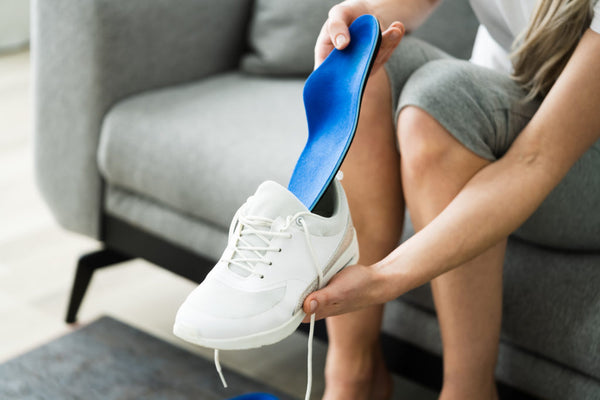
If you have shoes with removable insoles, you can actually replace those insoles with options that can provide better arch support and more cushioning. And that of course means you can buy insoles without actually buying the whole shoe. Individual insoles are designed to fit inside of shoes that you already own. They may be made for a specific type of foot. For example there are insoles for flat feet. There are also high arch insoles and arch support insoles. Certain types of insoles might also be made for a specific type of issue such as lower back pain.
Other insoles are designed for a specific type of shoe, or for a particular activity or sport such as running. Some activity-specific insoles like Dr. Scholl’s® Performance Sized to Fit Running Insoles are intended to support performance. You can even find insoles such as Dr. Scholl’s® Odor-X® Odor-Fighting Insoles that help with smelly feet.
Insoles are made from various materials that help provide extra padding and support. For example, there are gel insoles and memory foam insoles. We have sized to fit insoles that you can purchase in your shoe size range and then trim them to the exact size you need. You can also purchase custom insoles that are made specifically for your feet.
What is an orthotic?
The traditional orthotics definition are as prescribed medical devices that are specially made for an individual’s feet by a podiatrist. However, these days the word orthotics is also used to address products that are designed to manage a medical issue, such as pain. These products can be sold over the counter. Shoe orthotics are typically made to fit inside of shoes and are designed to address a particular structural or biomechanical issue in order to correct the problem and relieve any associated pain. For example, there are orthotics for flat feet as well as orthotics for plantar fasciitis. However, these days, the term orthotics is often used in a much broader sense.
It used to be necessary to get a prescription from a doctor for orthotics. You can now also get customized orthotics over-the-counter using Dr. Scholl’s CUSTOM FiT ® Kiosk. You also have the option of taking an online assessment if you’d rather. Dr. Scholl’s does a full assessment with FootMapping® technology using over 2,000 pressure sensors. By measuring arch, foot length and pressure points, Dr. Scholl’s can create custom orthotics just for you. How cool is that?

You can also purchase over-the-counter orthotics for feet that aren’t custom made but, like insoles, are designed for a specific purpose. For example, Dr. Scholl’s® Pain Relief Orthotics for Heel Pain are designed just for people who are experiencing pain in the heel of the foot and Dr. Scholl’s® Pain Relief Orthotics for Lower Back Pain are made for people who have pain in the lower back. Dr. Scholl’s offers a variety of orthotics for specific issues. These over-the-counter orthopedic shoe inserts can also be trimmed to the exact size you need.
So when comparing orthotics to insoles, it’s clear that there’s a lot of crossover. In fact, the two words are often used interchangeably. You might even hear the term orthotic insoles.
What are shoe inserts?
Shoe inserts are products that you can place inside of your shoes in order to improve the fit of the shoe or to address a particular concern. They may feature a specific material. For example, there are foam inserts and gel shoe inserts. These inserts come in a variety of forms, from full sized insoles and orthotics to cushions, pads, cups and liners that are placed in a specific area of the foot such as the heel or the ball of the foot. So in other words, both orthotics and insoles are a type of shoe insert. However, the term insert can also be used to describe heel inserts and liners, ball of foot cushions, shoe inserts for heels, shoe inserts for flat feet, arch supports and metatarsal pads. For example, Dr. Scholl’s® Metatarsal Pads for ball of foot pain are considered a type of insert, but so are Dr. Scholl’s® Massaging Gel® Heel Cups along with Dr. Scholl’s® Comfort & Energy Work Insoles.

Regardless of the term you want to use, the most important take-away is that there are a number of solutions that can help you feel more comfortable in your shoes. And while some conditions may require a prescription from a podiatrist, there are many over-the-counter options these days that can help you feel better, making it easier to get and stay active.
